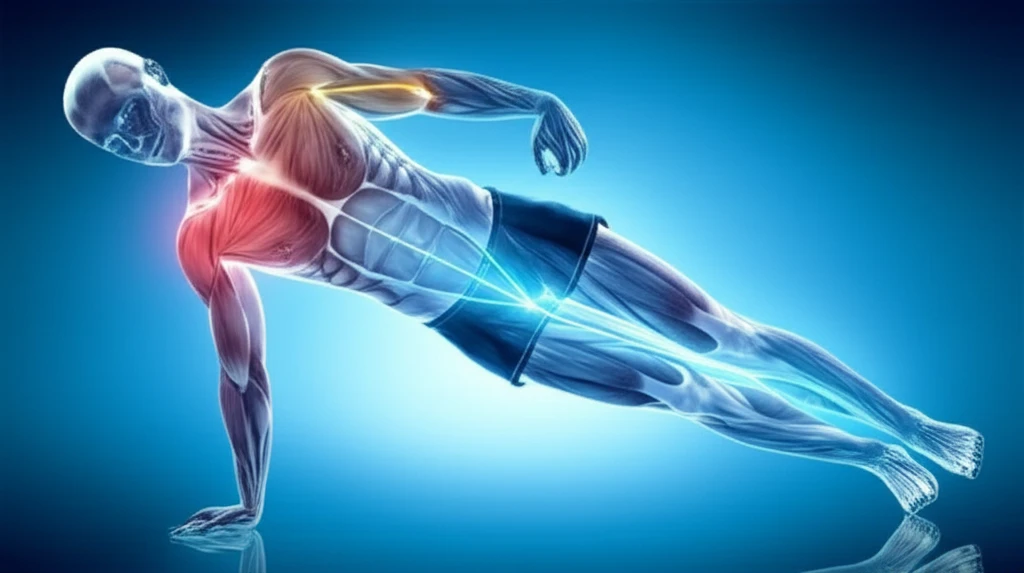
Rotator Cuff Injury: Is Core Stability the Missing Link to Recovery?
"New research explores the connection between core strength and shoulder health, offering insights for better rehabilitation after rotator cuff repair."
The shoulder joint relies on a complex network of muscles working together to allow a wide range of motion. When neuromuscular control and stability are compromised through injury, shoulder function suffers. A key element in this control is the rotator cuff (RC), a group of muscles that stabilize the shoulder joint.
Rotator cuff (RC) pathologies, including tears, are surprisingly common, affecting a significant portion of the population over 50. While surgery is often necessary to repair these tears, success isn't guaranteed. Re-tears occur in a substantial percentage of cases, highlighting the need to look beyond just the shoulder itself for effective rehabilitation strategies.
While core stability has gained attention for its role in athletic performance and lower extremity injury prevention, its impact on shoulder health has been largely unexplored. This article delves into a recent study investigating the relationship between core stability and upper extremity function in individuals who have undergone rotator cuff repair. The findings suggest that a strong core might be more critical to shoulder recovery than previously thought.
Core Stability: Why It Matters for Shoulder Rehabilitation

Core stability goes beyond just having strong abs. It refers to the ability to control the muscles of the trunk and pelvis to create a stable base for movement. This stability is crucial not only for protecting the spine, but also for optimizing strength and endurance in the limbs.
- Minimize stress on the shoulder joint.
- Improve strength and endurance of shoulder muscles.
- Enhance energy transfer during movements.
- Reduce the risk of compensatory movements that can lead to re-injury.
The Takeaway: A Holistic Approach to Shoulder Recovery
These findings emphasize the importance of considering the neuromuscular system as a whole when addressing shoulder injuries. While traditional rehabilitation programs often focus solely on the shoulder, incorporating core stabilization exercises may lead to more effective and lasting results.
If you're recovering from rotator cuff repair, talk to your physical therapist about incorporating core strengthening exercises into your rehabilitation program. These exercises can help improve your overall stability, reduce stress on your shoulder joint, and optimize your recovery.
Future research should investigate the specific types of core exercises that are most beneficial for shoulder rehabilitation, as well as the long-term impact of core stability on preventing re-tears and maintaining shoulder function. By addressing core stability, rehabilitation programs can provide more holistic and effective care and improve patient outcomes for RC repair surgery.
